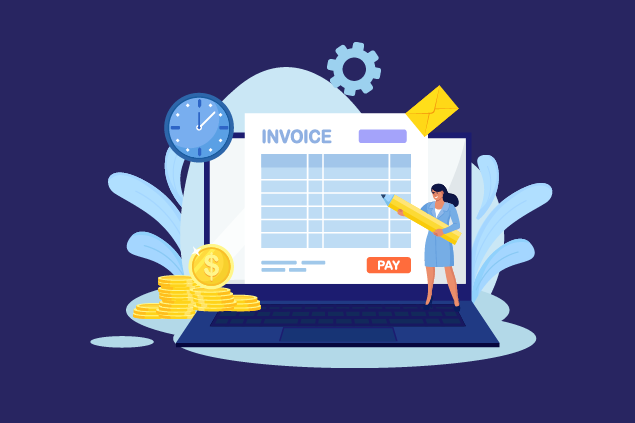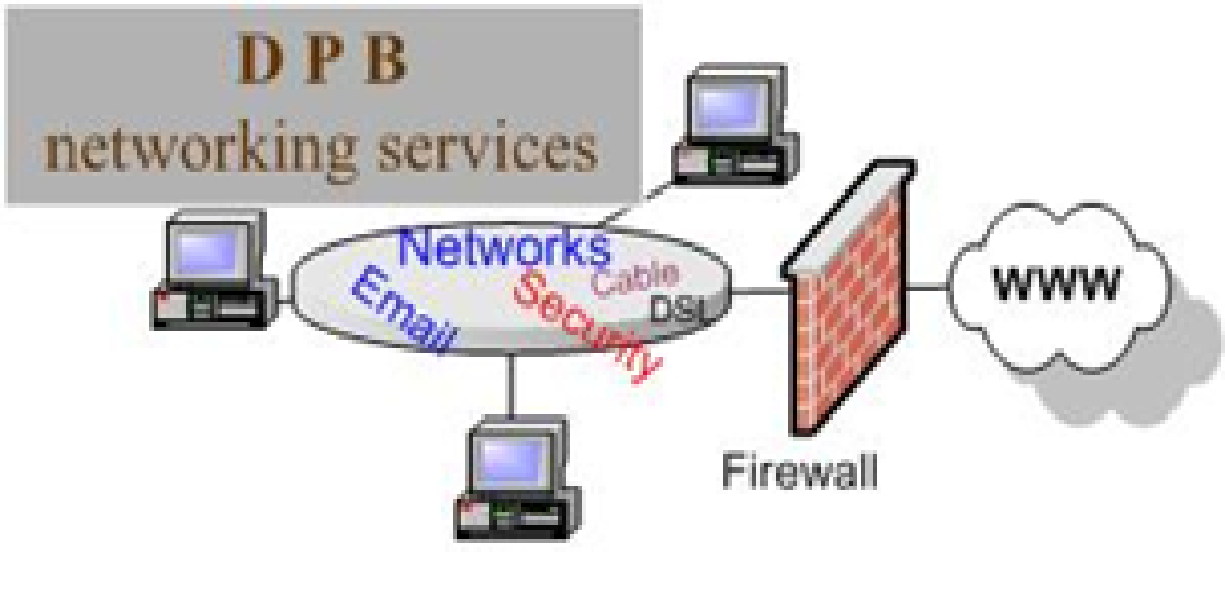Accounts receivable, or AR, represents the money clients owe your firm for legal services you’ve already invoiced. A low AR is desirable because it means that your clients are paying their legal bills quickly and in full. Even if your AR isn’t particularly high, working toward a goal of zero AR can help you manage your firm’s finances with greater accuracy and confidence.
Whether you are a small firm just starting or a larger organization looking to improve your bottom line, putting the right tools and strategies into place to streamline your payment process is key to improving your cash flow, reducing the time spent on collections, and spending more time focused on growing your firm.
Four steps you can take to achieve zero AR (and a more lucrative law firm)
Many factors can affect your firm’s AR, but addressing payment processing is by far the most impactful. And as leaders in the legal software space, we’ve learned a thing or two about helping law firms process payments efficiently.
The first step? When you make paying for legal services as painless as possible, your cash flow improves.
Convenience is king, and the fastest way to get your clients to render payment is to make it simple. This keeps the time and effort spent on collections to a minimum, keeps clients happy, and keeps the funds coming.
Here’s how.
1. Set transparent payment policies
Our world is more connected than ever, yet effective communication remains a significant differentiator. Law firms that communicate well benefit from greater client satisfaction and loyalty. Those that don’t communicate well? They may struggle with frustration on both sides—and risk their profitability because of it.
Good communication is particularly important for payments. If your clients frequently contact you for clarification about payments, it’s time to review your payment policy. Make sure every new client receives a written copy of your payment terms and conditions, starting during the intake process. (But don’t stop there—go the extra mile by including a copy with every invoice for convenience.)
As a bonus, clearly communicating your payment policy minimizes confusion and lessens the likelihood of payment disputes down the road.
At the minimum, your payment policy should include details about:
- When and how often clients can expect to receive invoices
- What payment methods are available
- Payment deadlines and consequences for late payments
Providing clients with an estimated timeline for when and how often they can expect to receive legal bills can help them manage their budgets more effectively (and avoid any surprise late fees).
2. Implement online payments
In this day and age, your clients anticipate being able to do everything digitally, from researching a law firm to scheduling a meeting and signing intake forms. In their minds, paying with plastic isn’t a “perk” anymore—it’s the expectation.
It’s only logical to have your clients pay for legal services using the same methods they use to pay for other services , including:
- Credit cards
- Debit cards
- ACH bank transfers
- Automatic withdrawals
From a compliance standpoint, though, offering electronic payment options can feel like an enormous undertaking for law firms. To give your clients more freedom of choice without skimping on security or inadvertently breaking trust accounting regulations, consider adopting a legal-specific payment processor that integrates with your other legal software.
Biggest Mistakes Every Law Firm Makes at the Beginning of the Year
Did you know that spending more time working doesn’t automatically mean your firm will see a higher profit? In fact, all too often, the opposite is true.
3. Reduce barriers to payment
If you’re noticing a pattern of late payments, your clients may not be the only ones at fault. The key is to make the payment process as easy as possible for your clients.
One way to do this is by offering your clients multiple ways to pay. Allow online payments through various channels, such as links in digital invoices, email invoices, and even on your website. This allows clients to choose the method that is most convenient for them.
Another effective strategy is to allow your clients to manage payments through your client portal. Client portals can act as a “payment command center” where they can:
- Access their payment history
- Check the status of their invoices
- Submit payments for outstanding invoices
- And more
4. Improve your invoices
The simpler and more straightforward your invoices are to comprehend, the more likely your clients will pay their legal bills promptly.
Make your invoices simple to read, and avoid using legalese or jargon. Including payment details on every invoice can also shrink the payment timeline—and your AR.
If your clients aren’t sure of the exact due date or which services they’re being charged for, they won’t be as motivated to render payment. By using legal invoicing software, you can make sure that every invoice is complete with:
- Name and contact information of the client’s attorney
- Client’s name and account number
- Summary of the legal services offered
- Date of service
- The total cost of services, plus any sales tax or other fees
- Payment terms (e.g., due upon receipt, net 30, etc.)
- Date the invoice is generated
- Exact payment due date
- A link to submit payment online
Integrating your time tracking and billing software with your invoicing software can also speed up the process by allowing you to automate the process even further.
You might also consider automatic text or email reminders since many clients appreciate the support in remembering to pay for legal fees before late fees apply.
By combining these strategies, you can save time and energy on putting together and sending invoices each month. This leads to lower accounts receivable and helps keep cash flow steady, giving you more breathing room to focus on billable tasks.
Gain more certainty about your law firm’s future and finances with TimeSolv
TimeSolv’s industry-leading suite of legal time tracking and billing tools is tailor-made to help you reach your firm’s AR goals and establish a more predictable cash flow to fuel the growth of your legal practice.
Our patent-pending approach to billing and collections consistently yields 97+% collection rates. (By comparison, the average law firm collection rate is 88%.) With TimeSolv on your side, you’ll see a noticeable improvement in your firm’s collection rate in six months or your money back—and it all starts with better, more streamlined billing and payment processes.
Schedule your free demo today, and start shrinking your law firm’s AR as soon as tomorrow.
How to Prevent the 10 Biggest Mistakes Every Law Firm Makes
Are you looking for a simple way to boost your law firm’s productivity and increase client satisfaction? Stop committing these 10 common mistakes! watch the webinar now.



















